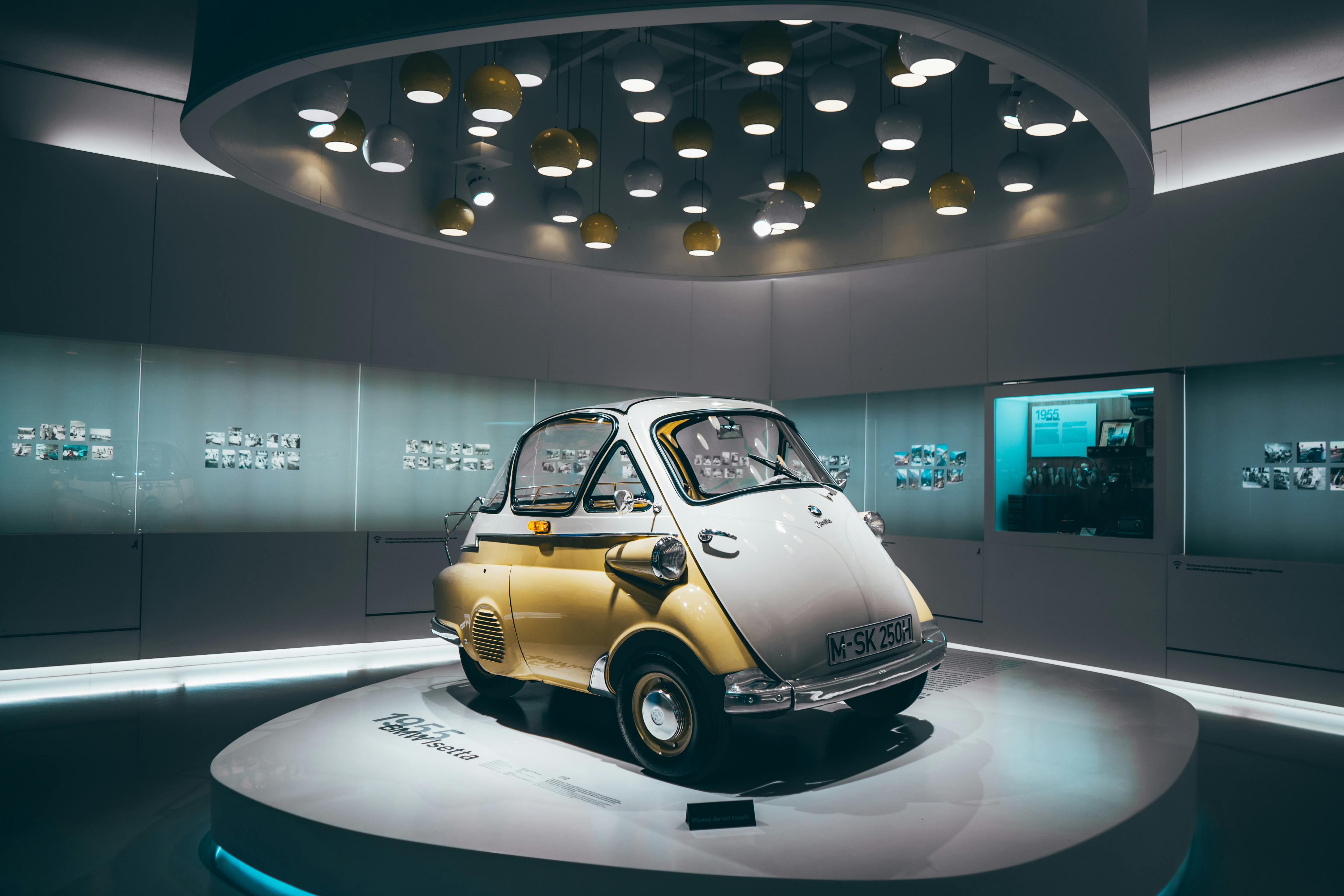🕓 Estimated Reading Time: 5 minutes
Overview
Honda has officially unveiled its latest innovation in urban mobility, a new honda microcar that combines compact design with groundbreaking utility. This impossibly cute electric vehicle, designed primarily for short-distance travel in congested urban environments, introduces a significant leap forward in vehicle-to-load (V2L) technology, enabling it to function as a portable power source for homes and external devices. Its debut marks a strategic move by the Japanese automaker to address evolving consumer needs for sustainable transport and energy resilience.

The newly revealed vehicle, while unnamed in its initial presentation, instantly captivated audiences with its minimalist aesthetics and diminutive footprint. Its design ethos reflects a growing global demand for efficient, space-saving transportation solutions that can navigate crowded cityscapes with ease. Beyond its charming appearance, the vehicle’s integrated V2L capabilities stand out as its most revolutionary feature, promising to redefine the utility of personal electric vehicles. According to a report by TechRadar, this tiny electric vehicle is not merely a mode of transport but a versatile energy hub.
Background & Context
The concept of microcars is not new, with a rich history stretching back to post-war Europe and Japan, where economic constraints and urban density fueled the demand for minimalist, fuel-efficient vehicles. Honda, a pioneer in compact and efficient mobility solutions, has long been at the forefront of this segment, from its early kei cars to its renowned motorcycles. The resurgence of interest in microcars today is driven by similar factors: increasing urbanization, the imperative for sustainable transport, and the transition to electric vehicles.
However, Honda's new microcar differentiates itself by integrating advanced V2L technology (Vehicle-to-Load). This technology allows electric vehicles to not only draw power from the grid but also to export it, effectively transforming the car's battery into a mobile power bank. While V2L and its more advanced cousins, V2G (Vehicle-to-Grid) and V2H (Vehicle-to-Home), have been discussed and implemented in larger EVs for some time, their application in a vehicle of this size is particularly noteworthy. It signals a shift in perception of what a personal vehicle can be, extending its utility beyond mere transportation.

The development aligns with a broader industry trend towards multi-functional EVs capable of supporting smart grids and providing emergency power. As extreme weather events become more frequent and energy grids face increasing strain, the ability for personal vehicles to contribute to home energy needs or serve as backup power generators offers a compelling value proposition. This positions Honda's microcar not just as a vehicle, but as a component of a larger, resilient energy ecosystem.
Implications & Analysis
The implications of a microcar capable of providing EV home power are significant and far-reaching. For urban dwellers, particularly in regions prone to power outages, this feature offers an unprecedented level of energy independence and security. Imagine a scenario where a sudden blackout occurs; instead of relying on noisy, polluting gasoline generators, residents could seamlessly power essential appliances directly from their compact electric vehicle. This capability not only enhances convenience but also serves as a crucial component of disaster preparedness strategies.
Economically, the dual functionality could justify the investment for consumers who might otherwise hesitate to purchase a dedicated small urban EV. The car transitions from a simple mode of transport to a valuable household asset, effectively providing two utilities for the price of one. This could also reduce reliance on traditional fossil-fuel-based generators, aligning with global efforts to decarbonize energy consumption.
From an urban planning perspective, microcars like Honda's offering could alleviate traffic congestion and parking challenges in densely populated areas. Their small size allows for easier maneuverability and takes up less valuable urban space. When combined with their zero-emission operation, they contribute to cleaner air and quieter streets, enhancing the quality of life in cities. The V2L feature further amplifies this by potentially reducing demand on the grid during peak hours or providing distributed energy storage.
Reactions & Statements
The debut of Honda's new microcar has generated considerable buzz across technology and automotive media, including the detailed report from TechRadar that highlighted its unique capabilities. Initial reactions from industry analysts and potential consumers have been largely positive, focusing on the vehicle's innovative blend of practicality and forward-thinking technology. Many have praised Honda for integrating a robust energy solution into such a compact and appealing package.
'This vehicle represents a significant step towards a more integrated approach to urban mobility and energy management. It's not just about getting from A to B; it's about making electric vehicles more essential to daily life.'
While specific statements from Honda executives regarding this particular microcar are pending its wider commercialization details, the company has consistently emphasized its commitment to electrification and smart mobility solutions. Honda's broader vision, as articulated in various corporate communications, includes fostering a carbon-neutral society and expanding the utility of its products through advanced connectivity and energy management features. This microcar clearly aligns with those strategic pillars, showcasing Honda's proactive stance in anticipating future urban challenges and energy demands. The public's initial response on social media platforms also reflects enthusiasm for its potential, particularly for its V2L functionality in emergency situations or for powering outdoor activities.
What Comes Next
Following its initial debut, the next crucial steps for Honda will involve detailed announcements regarding the microcar's specifications, including battery capacity, range, charging times, and most importantly, its target markets and pricing. Given its emphasis on urban utility and V2L capabilities, it is highly anticipated that the vehicle will be introduced in markets where compact EVs and sustainable energy solutions are in high demand, such as Japan, parts of Europe, and potentially specific North American cities.
Further research and development will likely focus on optimizing the V2L system's efficiency and expanding its potential applications, possibly integrating with smart home energy management systems. Honda's strategy for this microcar could also influence future designs of its larger EV lineup, potentially leading to the broader adoption of advanced bidirectional charging technologies across its fleet. The success of this model will undoubtedly provide valuable insights into consumer acceptance of multi-functional electric vehicles and their role in the evolving energy landscape. The move signals Honda's ongoing commitment to innovation beyond conventional automotive boundaries.
Conclusion
Honda's new microcar represents more than just another electric vehicle; it is a thoughtful response to the complex challenges of modern urban living and energy security. By combining an undeniably charming design with the highly practical utility of vehicle-to-load technology, Honda is pushing the boundaries of what a personal car can achieve. This tiny, yet powerful, vehicle exemplifies a future where mobility and energy solutions are seamlessly integrated, offering consumers unprecedented flexibility and peace of mind. As cities grow and the demand for sustainable, resilient solutions intensifies, Honda's latest offering positions itself as a potential blueprint for the next generation of urban mobility.
Comments
Post a Comment